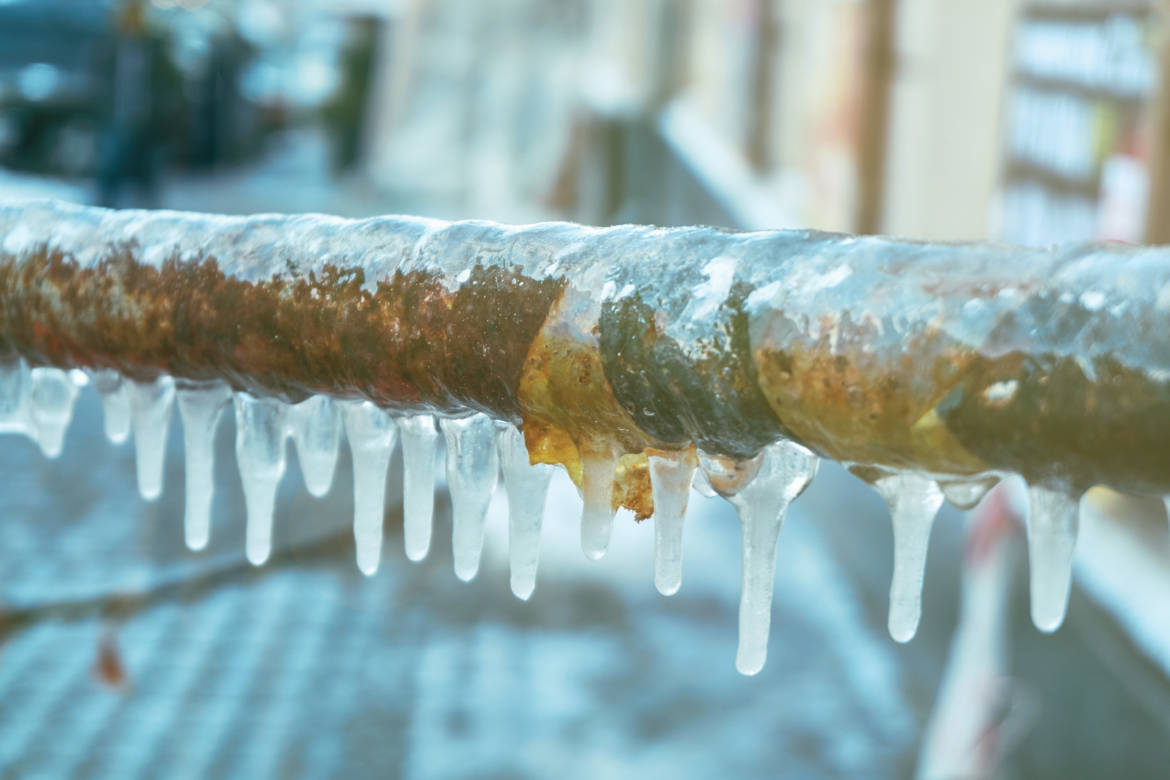The content underneath about Preventing and dealing with frozen pipes is pretty much motivating. Read it yourself and decide what you think of it.

Winter can damage your plumbing, specifically by freezing pipelines. Below's how to stop it from happening and what to do if it does.
Introduction
As temperatures decrease, the threat of icy pipes increases, possibly bring about pricey repairs and water damages. Understanding how to avoid icy pipes is crucial for house owners in chilly environments.
Understanding Icy Pipes
What creates pipelines to ice up?
Pipelines ice up when subjected to temperatures listed below 32 ° F (0 ° C) for expanded durations. As water inside the pipelines ices up, it broadens, putting pressure on the pipe walls and potentially causing them to rupture.
Dangers and damages
Icy pipelines can cause supply of water disturbances, home damages, and pricey repair work. Ruptured pipelines can flooding homes and create comprehensive structural damages.
Indicators of Frozen Pipes
Recognizing frozen pipelines early can stop them from bursting.
How to identify frozen pipes
Search for decreased water flow from faucets, unusual odors or noises from pipelines, and visible frost on exposed pipes.
Avoidance Tips
Insulating prone pipelines
Wrap pipes in insulation sleeves or use warmth tape to protect them from freezing temperatures. Focus on pipes in unheated or outside areas of the home.
Heating strategies
Keep indoor spaces appropriately heated up, particularly areas with plumbing. Open up closet doors to allow cozy air to flow around pipes under sinks.
Protecting Exterior Pipes
Garden hose pipes and outdoor taps
Separate and drain pipes garden pipes prior to winter months. Mount frost-proof faucets or cover exterior taps with insulated caps.
What to Do If Your Pipes Freeze
Immediate activities to take
If you believe frozen pipes, maintain taps open up to eliminate pressure as the ice thaws. Make use of a hairdryer or towels taken in hot water to thaw pipes gradually.
Long-Term Solutions
Architectural changes
Consider rerouting pipes away from outside walls or unheated areas. Include extra insulation to attic rooms, basements, and crawl spaces.
Updating insulation
Purchase premium insulation for pipes, attics, and walls. Appropriate insulation helps maintain regular temperature levels and decreases the threat of icy pipelines.
Conclusion
Stopping frozen pipes requires aggressive steps and fast actions. By recognizing the causes, signs, and safety nets, house owners can secure their pipes throughout winter.
5 Ways to Prevent Frozen Pipes
Drain Outdoor Faucets and Disconnect Hoses
First, close the shut-off valve that controls the flow of water in the pipe to your outdoor faucet. Then, head outside to disconnect and drain your hose and open the outdoor faucet to allow the water to completely drain out of the line. Turn off the faucet when done. Finally, head back to the shut-off valve and drain the remaining water inside the pipe into a bucket or container. Additionally, if you have a home irrigation system, you should consider hiring an expert to clear the system of water each year.
Insulate Pipes
One of the best and most cost-effective methods for preventing frozen water pipes is to wrap your pipes with insulation. This is especially important for areas in your home that aren’t exposed to heat, such as an attic. We suggest using foam sleeves, which can typically be found at your local hardware store.
Keep Heat Running at 65
Your pipes are located inside your walls, and the temperature there is much colder than the rest of the house. To prevent your pipes from freezing, The Insurance Information Institute suggests that you keep your home heated to at least 65 degrees, even when traveling. You may want to invest in smart devices that can keep an eye on the temperature in your home while you’re away.
Leave Water Dripping
Moving water — even a small trickle — can prevent ice from forming inside your pipes. When freezing temps are imminent, start a drip of water from all faucets that serve exposed pipes. Leaving a few faucets running will also help relieve pressure inside the pipes and help prevent a rupture if the water inside freezes.
Open Cupboard Doors
Warm your kitchen and bathroom pipes by opening cupboards and vanities. You should also leave your interior doors ajar to help warm air circulate evenly throughout your home.

Do you enjoy more info about How To Avoid Freezing Pipes? Try leaving a comment directly below. We'd be glad to hear your opinion about this blog. In hopes to see you back again in the near future. Sharing is nice. Who knows, you will be doing someone a favor. I cherish your readership.
Request An Appointment
Comments on “Protecting Pipes from Cold Weather Damage: Essential Tips”